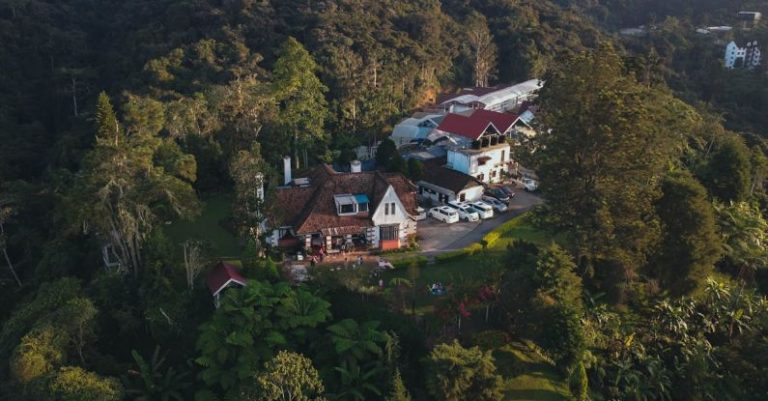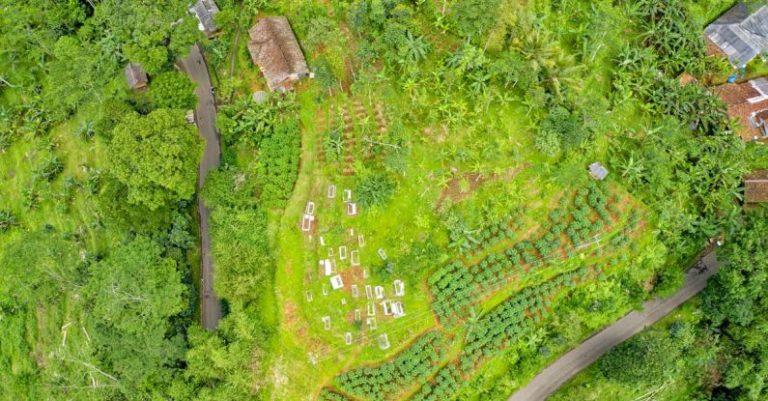
Landscape design plays a crucial role in enhancing the eco-sustainability of properties, offering a multitude of benefits that extend beyond aesthetics. By carefully planning and implementing sustainable landscaping practices, property owners can reduce their environmental impact, conserve resources, and create healthier, more resilient outdoor spaces. From water conservation to biodiversity promotion, landscape design presents a powerful tool for fostering sustainability in both residential and commercial settings.
**Maximizing Water Efficiency**
One of the primary ways landscape design can improve eco-sustainability is through the efficient use of water. By incorporating drought-tolerant plants, installing water-efficient irrigation systems, and capturing rainwater for reuse, property owners can significantly reduce their water consumption. This not only helps conserve this precious resource but also lowers utility costs and minimizes the strain on local water supplies. Additionally, designing landscapes that promote natural water infiltration and retention can help prevent erosion, reduce runoff, and support groundwater recharge, further contributing to eco-sustainability.
**Promoting Native Plant Biodiversity**
Another key aspect of eco-sustainable landscape design is the promotion of native plant biodiversity. Native plants are uniquely adapted to the local climate, soil, and wildlife, requiring less water, fertilizer, and maintenance compared to non-native species. By incorporating a diverse range of native plants into the landscape, property owners can create habitats that support local wildlife, including birds, insects, and pollinators. This not only enhances biodiversity but also contributes to the overall health and resilience of the ecosystem. Furthermore, native plants are often more resistant to pests and diseases, reducing the need for harmful chemical pesticides and herbicides.
**Reducing Energy Consumption**
Incorporating strategic landscape design elements can also help reduce energy consumption in properties. By strategically placing trees, shrubs, and other vegetation around buildings, property owners can provide natural shade during hot summer months, reducing the need for excessive air conditioning. Similarly, using deciduous trees that lose their leaves in the winter can allow sunlight to penetrate and warm buildings, helping to lower heating costs. By creating a well-designed landscape that considers sun exposure, wind patterns, and building orientation, property owners can optimize energy efficiency and create more comfortable indoor and outdoor living spaces.
**Improving Air Quality and Carbon Sequestration**
Landscape design can also play a role in improving air quality and sequestering carbon dioxide from the atmosphere. Trees and plants act as natural air filters, capturing pollutants and particulate matter, and releasing oxygen into the air. By incorporating a variety of trees, shrubs, and ground cover plants into the landscape, property owners can help reduce air pollution and create a healthier environment for residents and visitors. Additionally, trees and plants absorb carbon dioxide during photosynthesis, storing carbon in their biomass and roots. This process helps mitigate climate change by reducing greenhouse gas emissions and promoting carbon sequestration in the soil.
**Creating Sustainable Outdoor Spaces**
In conclusion, landscape design offers a wealth of opportunities to improve eco-sustainability in properties. From maximizing water efficiency and promoting native plant biodiversity to reducing energy consumption and improving air quality, sustainable landscaping practices can have a lasting positive impact on the environment. By carefully planning and implementing eco-friendly design principles, property owners can create beautiful, functional outdoor spaces that benefit both people and the planet. Embracing sustainable landscape design is not only a wise investment in the long-term health and resilience of properties but also a meaningful contribution to a more sustainable future for all.





